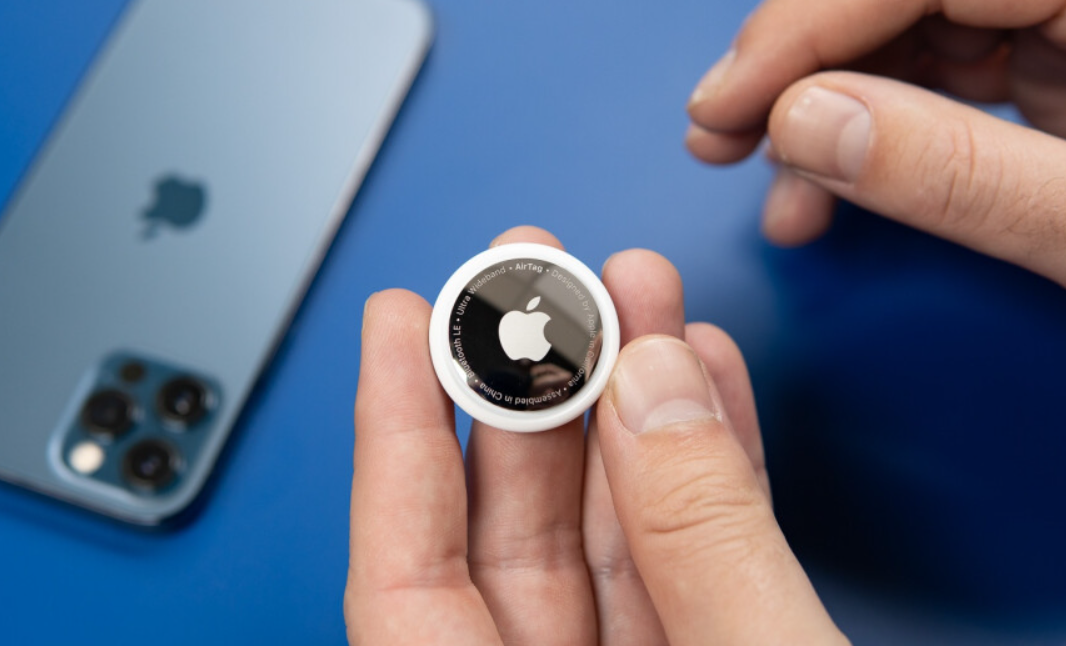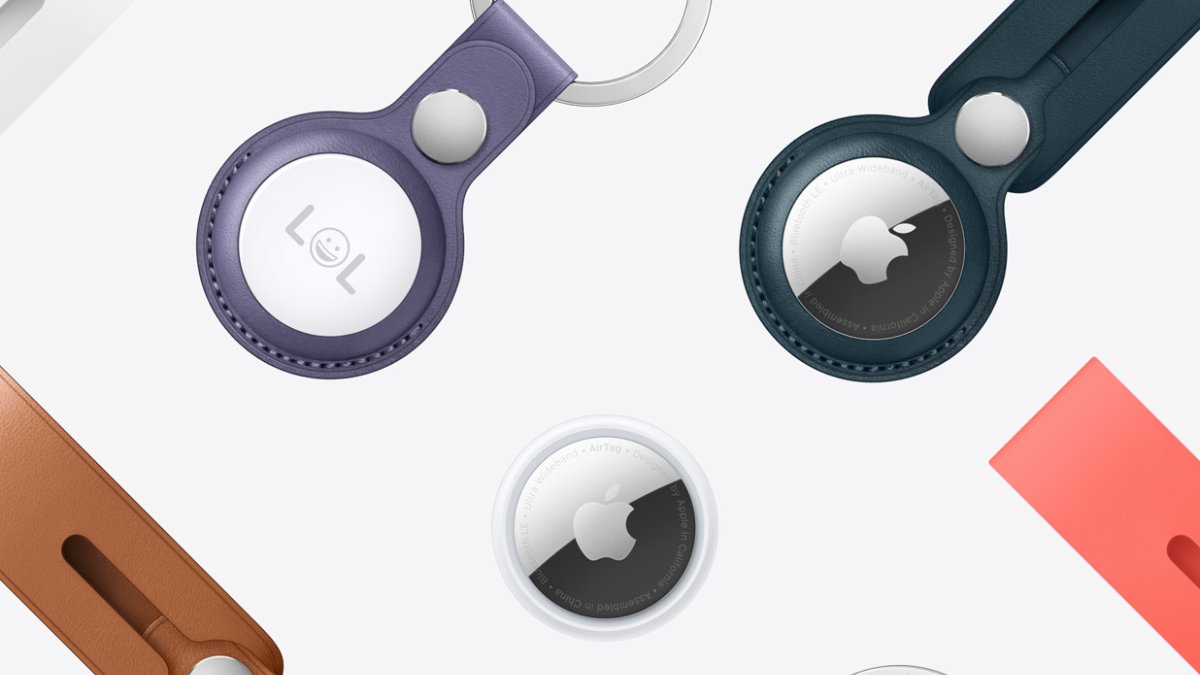According to speculations circulating on Twitter, Apple is making preparations for the release of AirTags 2 in the autumn of the following year. Renowned Apple analyst Ming-Chi Kuo has forecasted that the production of the next iteration of AirTags will likely begin in the last quarter of 2024.

Kuo envisions broader applications for AirTags beyond their current use within the Find My app, suggesting that they will be tightly incorporated into Apple’s upcoming Vision Pro headset, forming a cohesive spatial computing ecosystem. Nonetheless, precise information regarding extra functionalities for this tracking device remains undisclosed.
Having debuted in April 2021, the existing AirTag carries a price tag of $29. Ming-Chi Kuo reveals that AirTags have been steadily garnering sales traction, with approximated shipments hitting roughly 20 million units in 2021 and escalating to 35 million units in 2022. AirTags leverage Apple’s extensive Find My network, employing Bluetooth and ultra-wideband technology.
“I am of the opinion that spatial computing constitutes a fresh ecosystem that Apple aims to construct, centered around Vision Pro, which will serve as the hub for integrating other devices, including AirTag 2.” In June, Kuo indicated that AirTag has been experiencing a gradual increase in shipments since its initial launch.
“Shipments of AirTag are estimated to have reached about 20 million and 35 million units in 2021 and 2022, respectively. If this growth trajectory continues, it’s likely that Apple will develop a second generation of AirTag.”
As per the tech giant, AirTag stands as a compact and elegantly designed accessory, enhancing the ability of customers to locate and retrieve their most important items through Apple’s Find My app.

The existing AirTag boasts features like precision-etched polished stainless steel, along with water and dust resistance. It also includes a built-in speaker that emits sounds to aid in locating the AirTag and a removable cover that simplifies battery replacement for users.
The practicality of AirTag has been proven in multiple instances of reuniting users with their lost or stolen belongings. Just last month, an AirTag played a pivotal role in tracing a restaurant burglar who had made off with goods worth $15,000.
In another case from June, the tracker was instrumental in apprehending thieves who had carried out thefts amounting to over $62,000.
Back in January of this year, an AirTag contributed to the rescue of a one-year-old Australian shepherd. The dog had strayed from its owner during a walk and fallen into a swiftly flowing storm drain, but the AirTag guided rescuers to its location.
While designed with the purpose of tracking items such as wallets, bags, and purses, AirTags have faced previous criticism due to concerns about potential unwarranted tracking. Consequently, Apple has introduced protective measures such as notification alerts and has even joined forces with Google to prevent any misuse for stalking purposes.
It’s anticipated that the forthcoming iPhone 15 models will incorporate an enhanced ultra-wideband (UWB) chip, similar to the chip found in AirTags. This suggests the possibility that Apple might be considering the utilization of this upgraded UWB chip in both the upcoming iPhones and the forthcoming AirTags. The current AirTag employs Apple’s U1 chip for Ultra Wideband functionality, enabling the Precision Finding feature that indicates the distance and direction of the AirTag within the Find My app.







